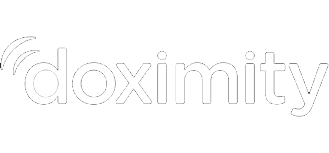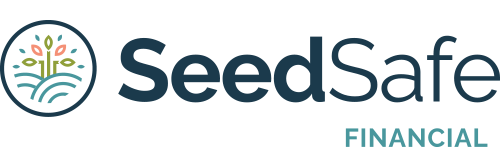
Doximity RSUs
Doximity RSUs are Restricted Stock Units your company grants you as part of an incentive to build company value. One Doximity RSU’s value equals one share of Doximity stock’s value and these units are released to you in chunks over time (‘vesting’) during employment. When one unit is released to you, you receive one share of company stock.
Doximity RSUs are taxed like your salary and wages (at ordinary tax rates). This income, and any tax withheld, is reported on your IRS Form W-2 in the year the units vest to you.
Federally, RSU income is withheld at a flat 22% until you reach $1M in stock compensation income in a calendar year and then flips to a 37% withholding tax rate. If you expect your effective tax rate to be higher, you will owe taxes at the end of the year on this Doximity RSU income (assuming no estimated tax payments were made during the year). State withholding varies by location.
For more information, check out my article Offer Letter Basics: RSUs
If you’ve been around with Doximity for a while, you may still have Doximity ISOs to exercise. ISOs are “Incentive Stock Options” that were created with some special benefits if you exercise and hold 2 years from grant date / 1 year from exercise date. However, the down side is Alternative Minimum Tax (“AMT”) that may be due at exercise. What is AMT? Learn more about it HERE.
There is definitely a balance of not letting the tax tail wag the dog and not having your eggs all in one basket. We tend to look at a laddered approach of spreading these out while you plan to stay with the company or at times of big stock drops. However, if you plan to leave your company soon, you will not be able to keep the options past 60 days and you will need to decide what to exercise/sell and what to exercise to keep for a bit.
Then, once you start making moves, make sure you are aware of alllll the tax fun. Some states have an Alternative Minimum Tax (“AMT”), just like our Federal AMT. Make sure you know what you are paying between taxes and exercise costs. Are you ready to take the risk?
Doximity NQSOs are a bit easier to understand since the moment you exercise them they are considered compensation income. So really your choice is when you want to realize that income.
Doximity offers target date funds, index tracking options and specialty options. We are huge fans of Vanguard and DFA and we are so glad to see them included.
Doximity offers employees the usual 401(k) contribution options and an after-tax 401(k) contribution option as well! This strategy is also known as “mega backdoor Roth” or “mega Roth conversion”. In essence, it enables you to make a large after-tax contribution to your 401(k) plan then convert to a Roth to grow tax-free over time. Although the after-tax 401(k) option may change with future legislation, it can be a great way to grow your retirement investments.
As always, please remember to review your beneficiary information annually to ensure it matches with your wishes!
Another way to consider augmenting your investments is through utilizing the discount available for purchasing company shares. We are big proponents of locking in the gain immediately since it is still a win. However, this may reduce cash flow significantly on a monthly basis to max it out. You should consider your current bandwidth and comfort level since your choice cannot be changed until the next enrollment period for the Doximity ESPP plan.
Disclosure: Recommendations are of a general nature above and are not based on knowledge of any individual’s specific needs or circumstances. There is no intent to provide individual investment advisory, supervisory or management services.
